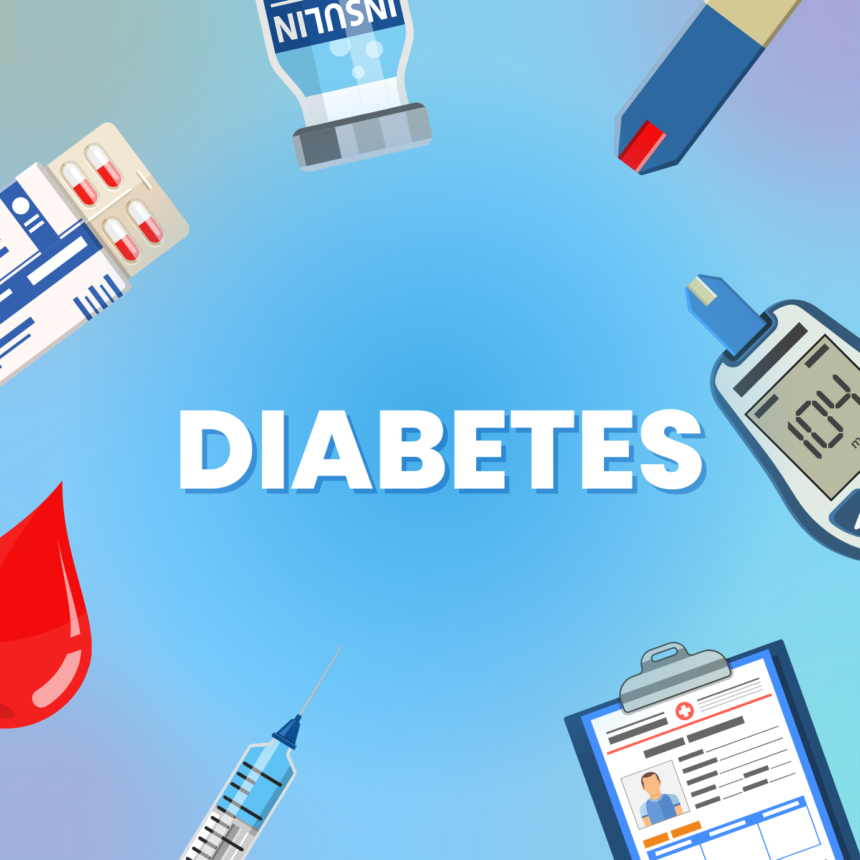Advancements in diabetes technology have significantly improved the management of diabetes, offering better control and enhancing the quality of life for individuals living with the condition. Two essential pieces of diabetes technology are Continuous Glucose Monitors (CGMs) and Insulin Pumps. Let’s explore each of them:
Continuous Glucose Monitors (CGMs):
Continuous Glucose Monitoring (CGM) systems are devices that track glucose levels in real-time throughout the day and night. They consist of a tiny sensor inserted under the skin, usually on the abdomen or arm, which measures interstitial fluid glucose levels. The sensor transmits glucose data wirelessly to a receiver or a compatible smart device like a smartphone or insulin pump.
How CGMs Work:
The CGM sensor measures glucose levels in the interstitial fluid, which reflects blood glucose levels. It provides glucose readings every few minutes, allowing users to monitor trends, identify patterns, and make informed decisions about diabetes management.
Benefits of CGMs:
- Real-Time Monitoring: CGMs provide continuous and immediate feedback on glucose levels, reducing the need for frequent fingerstick blood glucose testing.
- Hypoglycemia and Hyperglycemia Alerts: CGMs can issue alerts when glucose levels are too high or too low, helping users take prompt corrective actions.
- Trend Analysis: CGMs allow users to visualize glucose trends over hours and days, enabling them to adjust insulin doses and make lifestyle changes proactively.
- Data Storage: CGMs store glucose data, which can be downloaded and shared with healthcare providers for comprehensive diabetes management.
Insulin Pumps:
Insulin pumps are small electronic devices that deliver a continuous supply of insulin to the body through a small tube called a catheter, which is inserted under the skin. The insulin pump provides basal insulin (a small continuous dose) and allows users to administer bolus insulin (additional doses) before meals.
How Insulin Pumps Work:
Insulin pumps deliver insulin in two ways: basal rate and bolus doses. The basal rate is the steady background insulin that mimics the body’s natural insulin secretion. Users can program different basal rates to match their body’s insulin needs throughout the day. For meals, users can calculate the required bolus dose based on their carbohydrate intake and blood glucose level and deliver it manually through the pump.
Benefits of Insulin Pumps:
- Precise Insulin Delivery: Insulin pumps offer precise insulin dosing, allowing for better control over blood glucose levels.
- Bolus Calculator: Some insulin pumps come with a bolus calculator that helps users determine the correct insulin dose for meals based on carb count and blood glucose levels.
- Increased Flexibility: Insulin pumps provide flexibility in daily routines, allowing users to customize their insulin delivery to match their lifestyle and needs.
- Reduced Injection Frequency: Insulin pumps eliminate the need for multiple daily injections, improving convenience and reducing injection site discomfort.
Combining CGMs and Insulin Pumps:
Many modern insulin pumps are compatible with CGMs, allowing users to integrate both technologies into what is known as a “closed-loop system” or “artificial pancreas.” This combination allows the insulin pump to adjust insulin delivery based on real-time CGM data, creating a more automated and precise insulin management process.
While CGMs and insulin pumps offer significant benefits, it’s essential to work closely with healthcare providers to determine if these technologies are suitable for an individual’s specific diabetes management needs. The use of CGMs and insulin pumps may require proper training and education to ensure safe and effective use.
